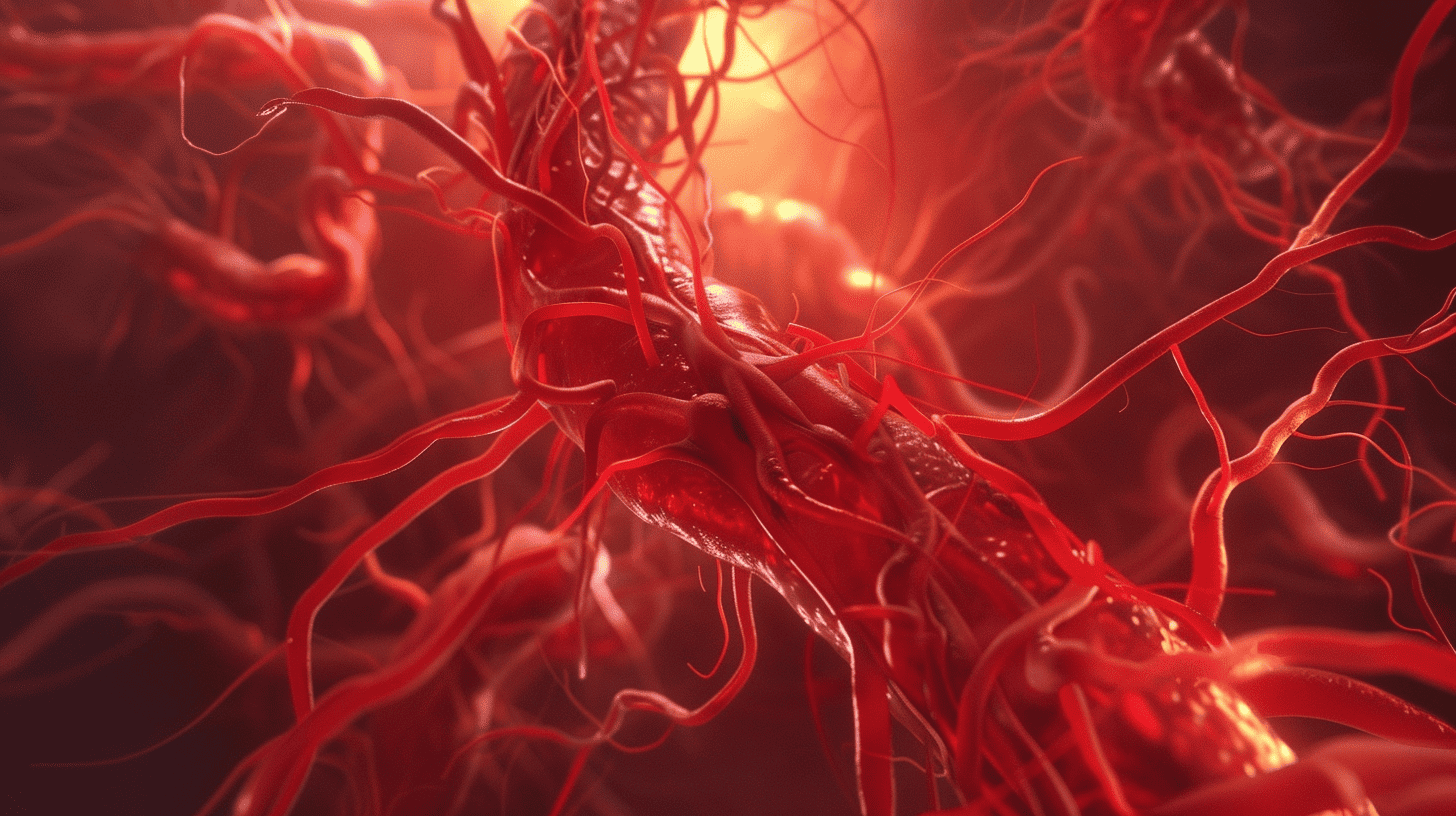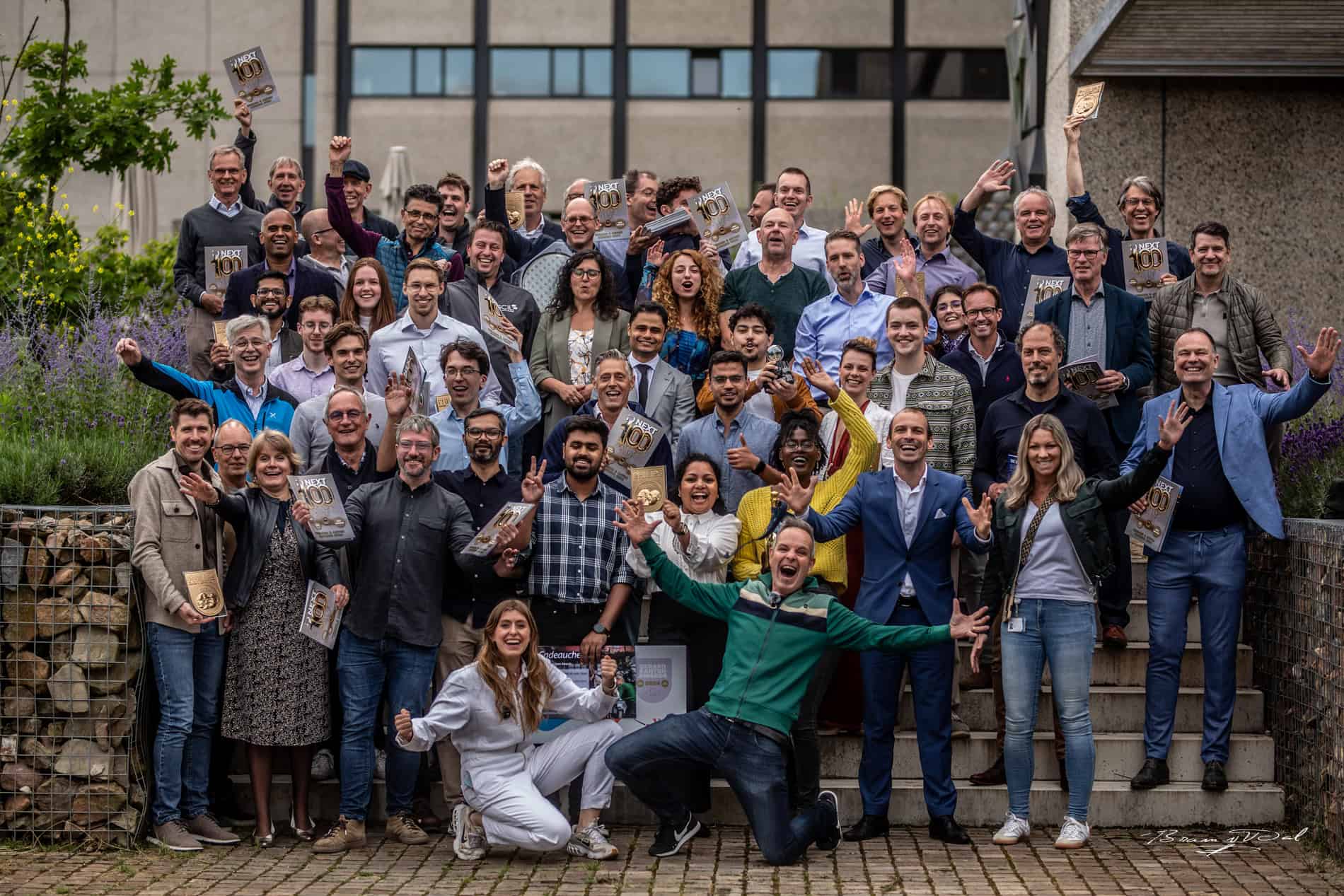
More than 150,000 patients worldwide are treated for aortic aneurysms each year. Over 10 percent of all aortic aneurysms previously treated with stent grafts experience leakage and further growth of the aneurysm. There are currently no effective treatments for these.
TripleMed wants to change that. This Geleen-based medical startup focuses on improving the treatment of aortic aneurysms. A consortium of existing and new investors has contributed more than two million euros to enable the clinical studies needed for CE marking and market launch. The aim is to achieve CE marking in early 2025. LIOF previously invested through the Limburg Business Development Fund (LBDF) and has now taken a stake in the company through the Participation Fund. Existing shareholder Brightlands Venture Partners reinvested in TripleMed from their Chemelot Ventures fund.
Lenn Houbiers, investment manager at LIOF: “The TripleMed solution will eventually ensure a more efficient management of aortic aneurysms, a better quality of life, and lower healthcare costs. In doing so, TripleMed makes an important contribution to the health transition, one of the transitions LIOF is strongly committed to.”
Solutions under development
TripleMed is currently conducting clinical studies at several hospitals in the Netherlands and Belgium to validate AneuFix Endoleak Repair (fixing a leak after aneurysm surgery) and AneuFill Prophylactic Sac Filling (preventive insertion of a polymer to prevent leaks). The AneuFix/AneuFill concept is a 2-component polymer in a syringe. Upon insertion, the two components are mixed and then hardened into an elastic permanent implant in the aneurysm.
Clinical trials started in 2020, and 33 patients have been treated to date. The interim results of the clinical trial are positive, in 89% of patients the leakage remains stopped for a long time. By the end of 2024, the company hopes to have treated 57 patients, thus completing the clinical study to obtain a CE Marking for AneuFix, followed in 2026 by a CE Marking for Aneufill.
“We are pleased with the new financial injection that will allow us to continue our research and achieve the certification required for the market launch of both products” said Tjeerd Homsma, CEO of TripleMed.








